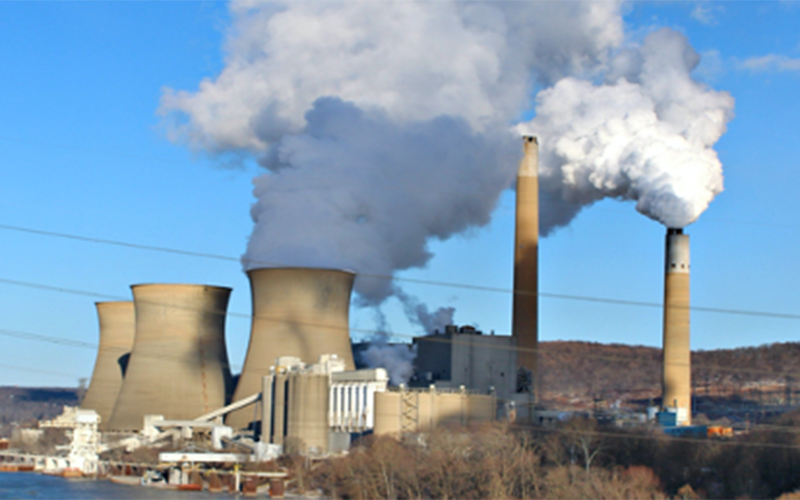SUCCEED blog: What does pollution cost us?
Luke Denin
Jul 16, 2021

We burn fossil fuels, such as coal or natural gas, to release energy that can then be harnessed to turn on our lights, cool our homes, charge our cell phones, etc. People have been using fossil fuels for more than a century to power the world around us. However, energy is not the only thing that fossil fuels release when they are burnt. They also release pollution to the environment. Much of this pollution goes into the air after being emitted from a smokestack. It travels with the wind, but then some of it settles close by and makes the air that we breathe less clean, which can get us sick. Some of it does not stay close by but rather goes into the atmosphere and drives climate change.
Clearly, using fossil fuels comes with several consequences that we don’t necessarily experience when we pay our electricity bill or fill our vehicle with gas – they are hidden costs. We call these externalities, which is a word in environmental economics that refers to a side effect that is not included in the cost to provide a good or price to purchase that good. For example, a power plant can use coal to generate electricity and I can buy that from them without either of us paying for the consequences of the resulting air pollution. Because fossil fuels have historically been cheaper and more technologically capable than solar panels or wind turbines, we have used them much more. However, if we consider the additional, hidden costs or externalities, they become more expensive – sometimes enough so that renewable energy is actually the more affordable option!
This is where public policy can come into play. Regulations can set emissions standards or fees that take these hidden costs into account. If you’ve ever heard of a carbon tax, this is, in a sense, what it would do. It would work towards adding the externality of pollution to the price of fossil fuel-sourced power. But what is the correct value? Is the pollution a power plant releases worth $20? $100? Maybe $1,000? Or could it be worth millions or even billions!?! What does pollution cost us? My research puts a monetary value on these hidden costs. With that information, we then can then do many things. We can suggest a tax in $/ton of pollution or in $/kWh of electricity to account for these externalities. We can figure out how much society benefits when a coal plant shuts down – we may perhaps even justify big investments in renewable energy projects or programs to assist communities and workers that currently depend on fossil fuels for jobs. Properly assessing costs of pollution can help inform decision-makers as they address complex problems such as improving public health and fighting climate change.
Stay connected
- Questions or concerns? Contact the SUCCEED team.
- Join our mailing list and follow us on X (Twitter).